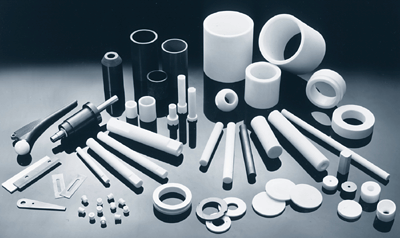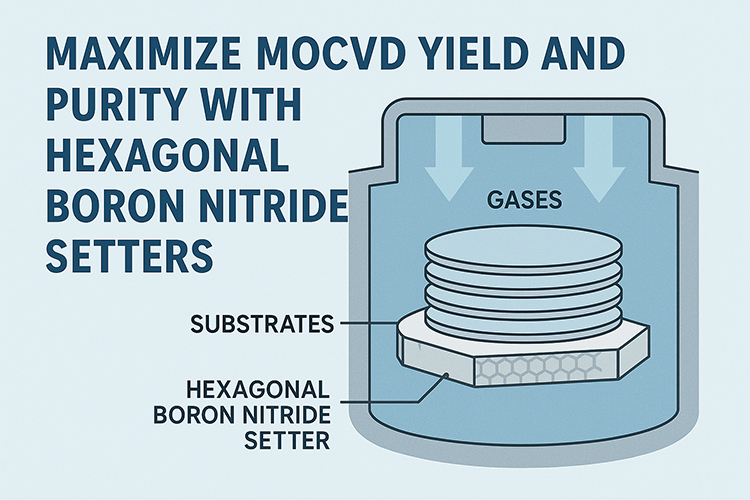Functional Ceramics Are Ubiquitous in People's Lives

Functional ceramics are a new material with a wide range of applications. While ceramics are traditionally associated with objects like teacups, modern functional ceramics have advanced capabilities, such as producing electricity or mechanical processes. For example, piezoelectric ceramics can quickly respond to changes in an electric field, with a response time within milliseconds. This material can be used in various applications, such as piezoelectric ignition or as a microphone.
Read more: What Can the Functional Ceramics Be Used For?
Under the direction of a teacher's signal in P.E. class, students may move quickly to the left or to the front. Similarly, functional ceramics, such as piezoelectric ceramics, can respond rapidly to an electric field. When the electric field changes direction by 90 degrees, the piezoelectric ceramics immediately follow the new direction, with a response time of just milliseconds. Furthermore, the transfer of charge within the material can be observed. This unique property of functional ceramics forms the foundation for many of their applications.
Piezoelectric ceramics, as the name suggests, generate electric charges under pressure; conversely, they also deform or vibrate under the influence of an electric field. The piezoelectric effect of these ceramics can be utilized in piezoelectric ignition. For example, when the hand presses the spring on a lighter, the force applied to the ceramic produces an electric charge. If there is a gap between the slits, this electrostatic pressure can create an electric spark, which can ignite gas and can also be used for projectile detonation and rocket firing.

Piezoelectric porcelain has the ability to function as a microphone. When subjected to the pressure of human speech, it can transmit the corresponding telecommunications number of the human voice. Additionally, when combined with a circuit, a piezoelectric element can be used as a buzzer or electronic instrument. Essentially, the piezoelectric element is an energy conversion device, known as a transducer, that allows for the transformation of mechanical energy into electrical energy.
Electronic ceramic components are widely used in modern life. For example, when returning home, people can press the doorbell, which may be a piezoelectric device that produces a magpie sound. In hot weather, a piezoelectric remote control can turn on a fan, while in cold weather, a PTC heater can warm up a room. In household refrigerators, a PTC starter is used in addition to the compressor motor to keep the fridge cool. Additionally, while watching TV in the evening, a PTC color eraser is used to remove the image and make the color image clearer. More than 50% of electronic ceramic components are used in color TVs alone.
As evidenced above, modern society heavily relies on new materials. Currently, the production of functional ceramics is vast, with an annual output of thousands of tons of piezoelectric ceramics.
In conclusion, functional ceramics have a wide range of applications and play an important role in modern life. They are not limited to traditional uses such as pottery and porcelain, but also have advanced capabilities such as generating electricity and mechanical processes. Piezoelectric ceramics are a prime example of how these materials can be utilized in various applications, such as ignition, microphones, and electronic components. With the increasing demand for new materials in various industries, the production of functional ceramics is expected to continue growing. Companies like Advanced Ceramic Materials are dedicated to providing high-quality ceramics and related products to meet the needs of customers in R&D and production.
{{item.content}}
LEVE A REPLY
{{item.children[0].content}}
{{item.content}}
LEAVE A REPLY
SUBSCRIBE OUR NEWSLETTER
- Boron Nitride in Cosmetics: Enhancing Performance and Sensory Appeal
- Maximize MOCVD Yield and Purity with Hexagonal Boron Nitride Setters
- What Are the Advantages and Uses of Boron Nitride Ceramic Sheet?
- The Compression Annealing Advantage for Pyrolytic Boron Nitride
- Beyond Insulation: The Surprising Spectrum of Ceramic Thermal Conductivity











